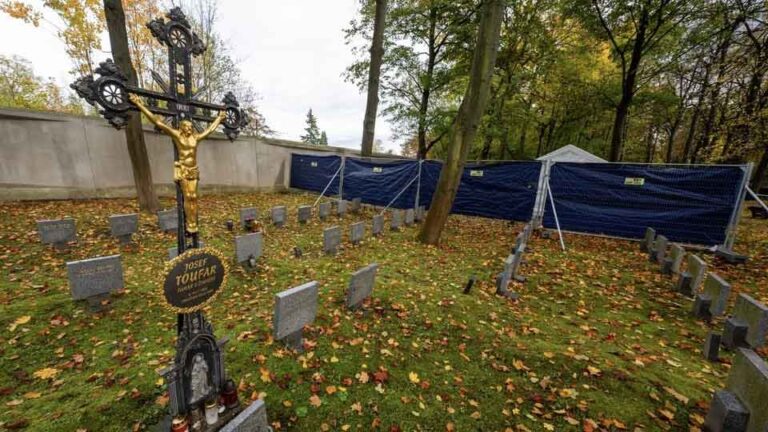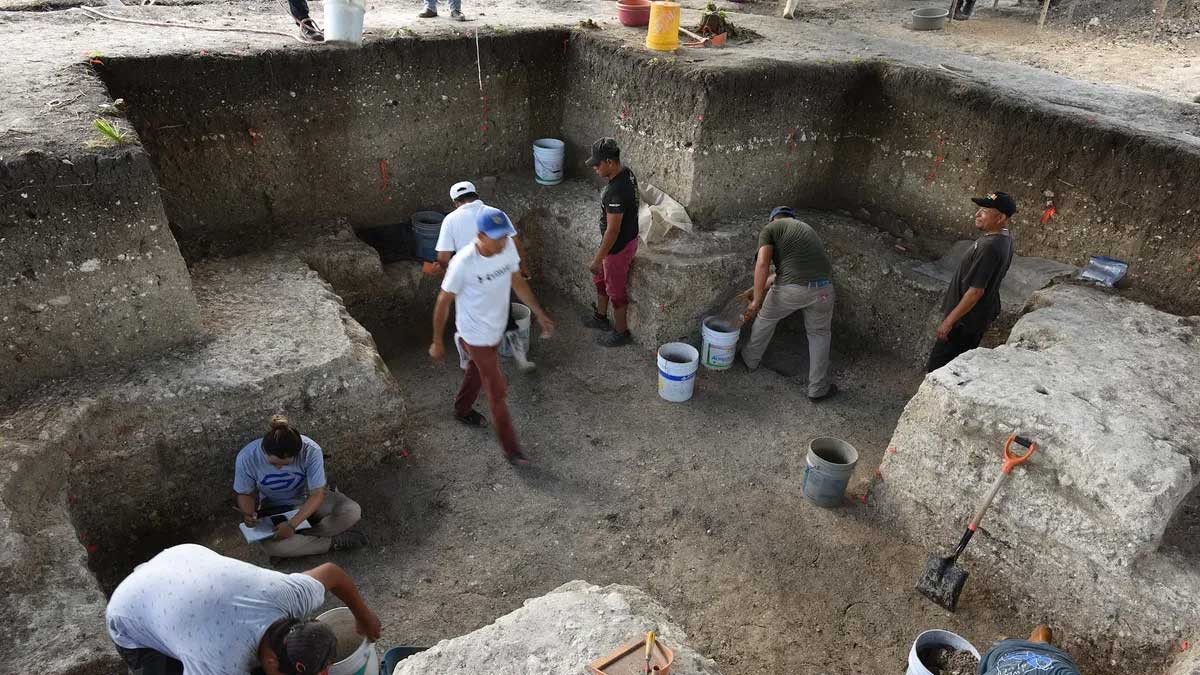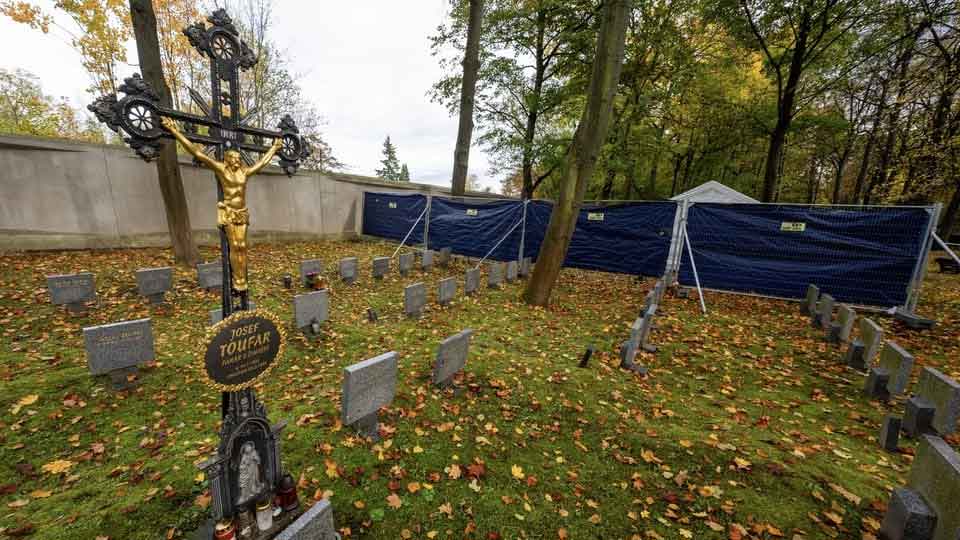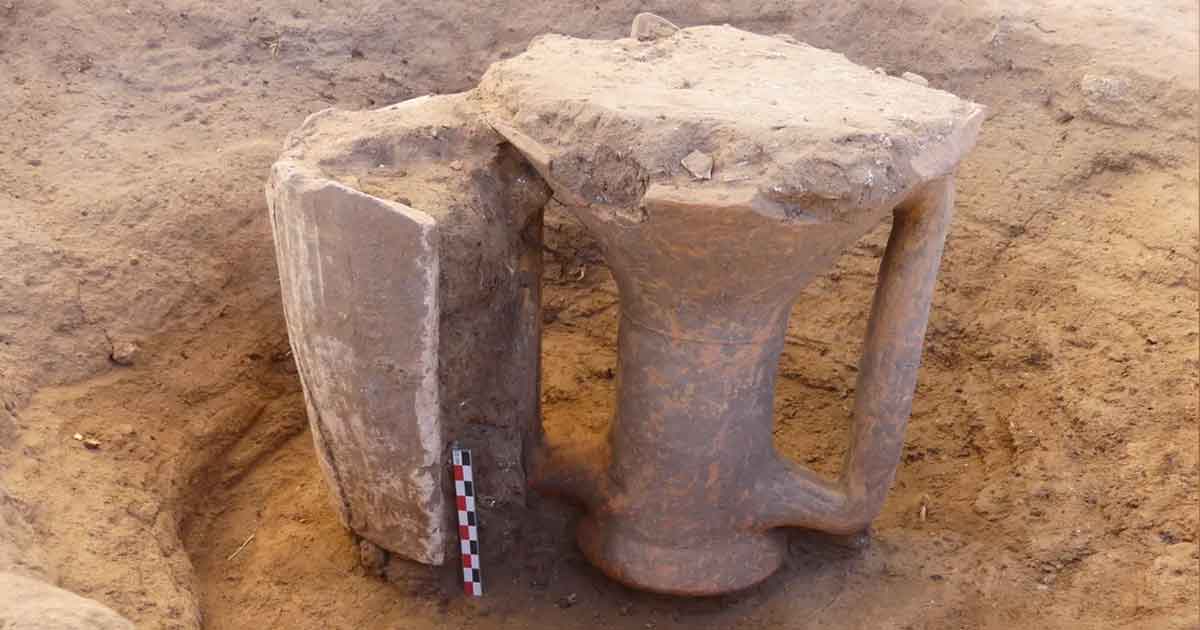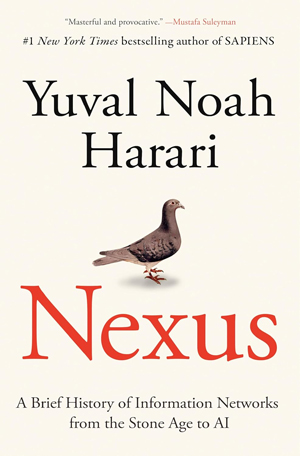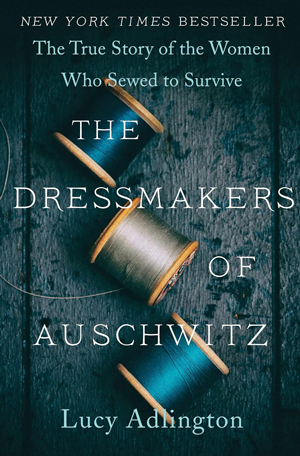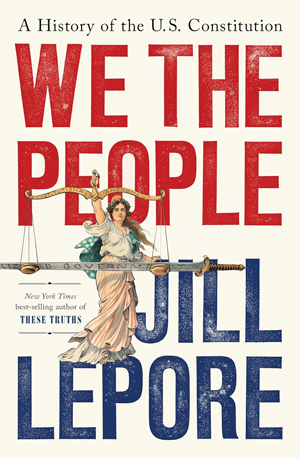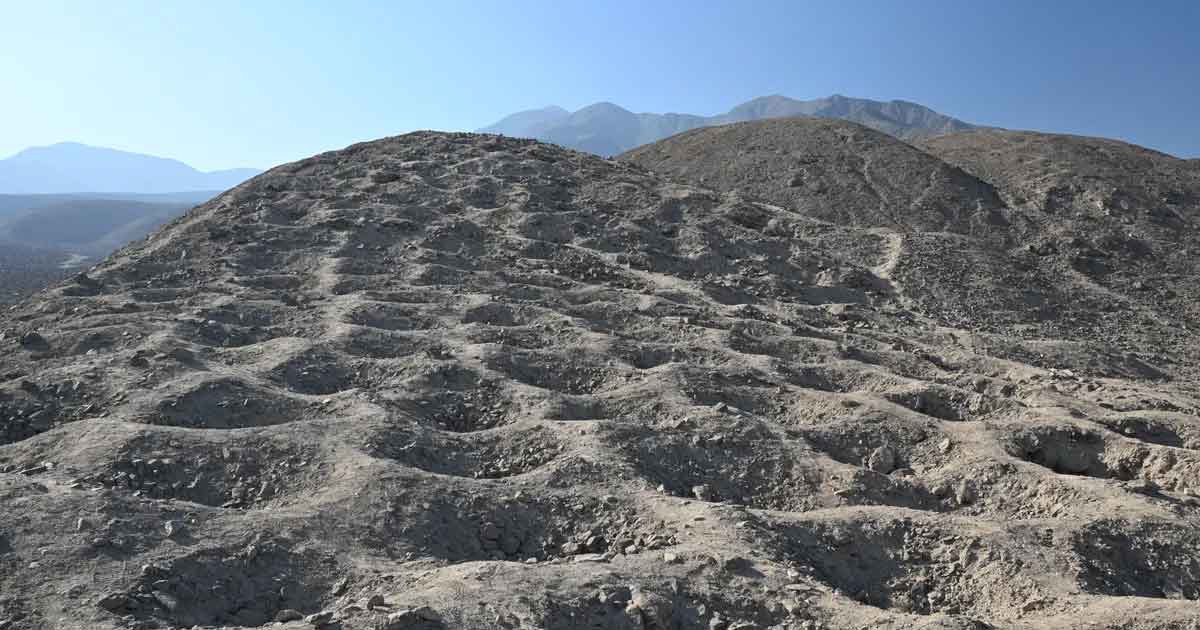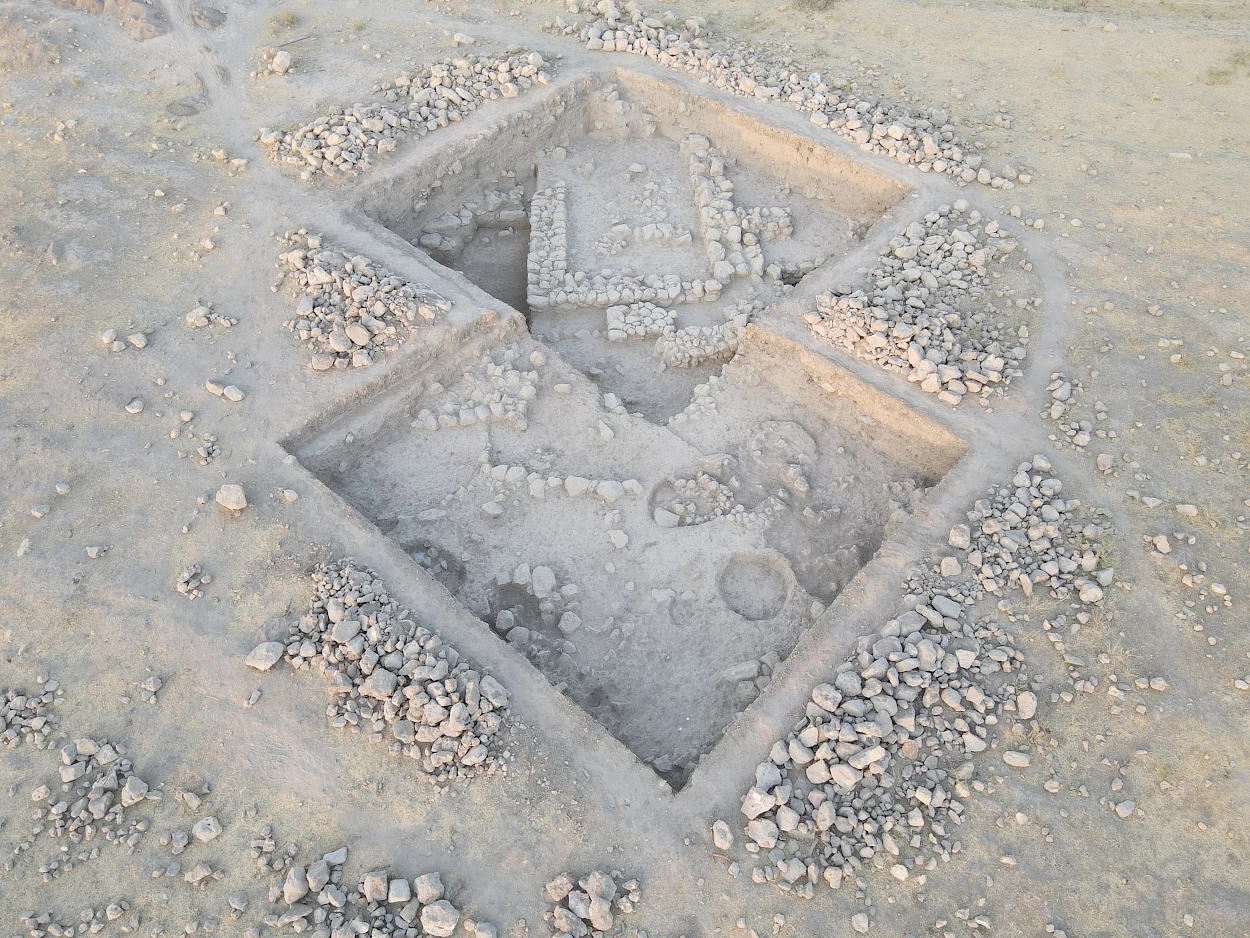Archaeologists in Prague are searching for the remains of three Czechoslovak soldiers executed by the Communist regime nearly 80 years ago, offering their families a chance for proper burial after decades of waiting. The excavation at Ďáblice Cemetery targets Vilém Sok, Miloslav Jebavý, and Karel Sabela—men who fought Nazis during World War II only to face execution for resisting communism after 1948.
The three soldiers were executed on July 18, 1949, after the Communist regime branded them enemies for their involvement in anti-Communist resistance. Ďáblice Cemetery, founded in Prague in 1914, became a burial ground for thousands killed under both Nazi and Communist rule. The Institute for the Study of Totalitarian Regimes estimates several thousand victims lie in the cemetery’s mass graves, though researchers have so far uncovered detailed information about only 120 individuals.
Martin Čechura, archaeologist at the Prague City Museum and head of the archaeological research, described the discovery of multiple coffins in a single grave shaft. “On the left, we can see pelvic bones and thigh bones. We have uncovered part of one shaft. There are four, almost five coffins visible, so half of the graves. Well, we know we have to get to the third layer,” he told Czech Radio. The excavation revealed layers of burials, with a third layer expected beneath the currently visible coffins.
Three key pieces of evidence guided archaeologists to this specific location. Investigations conducted in 1990 and 1991 provided initial leads, while photographs from 1968 documented an earlier investigation launched under pressure from relatives during the Communist era. The identification of Father Toufar’s grave supplied critical information about grave numbering in the cemetery. Jiří Línek, chairman of the Association of Former Political Prisoners, explained how these clues converged to pinpoint the soldiers’ burial site.
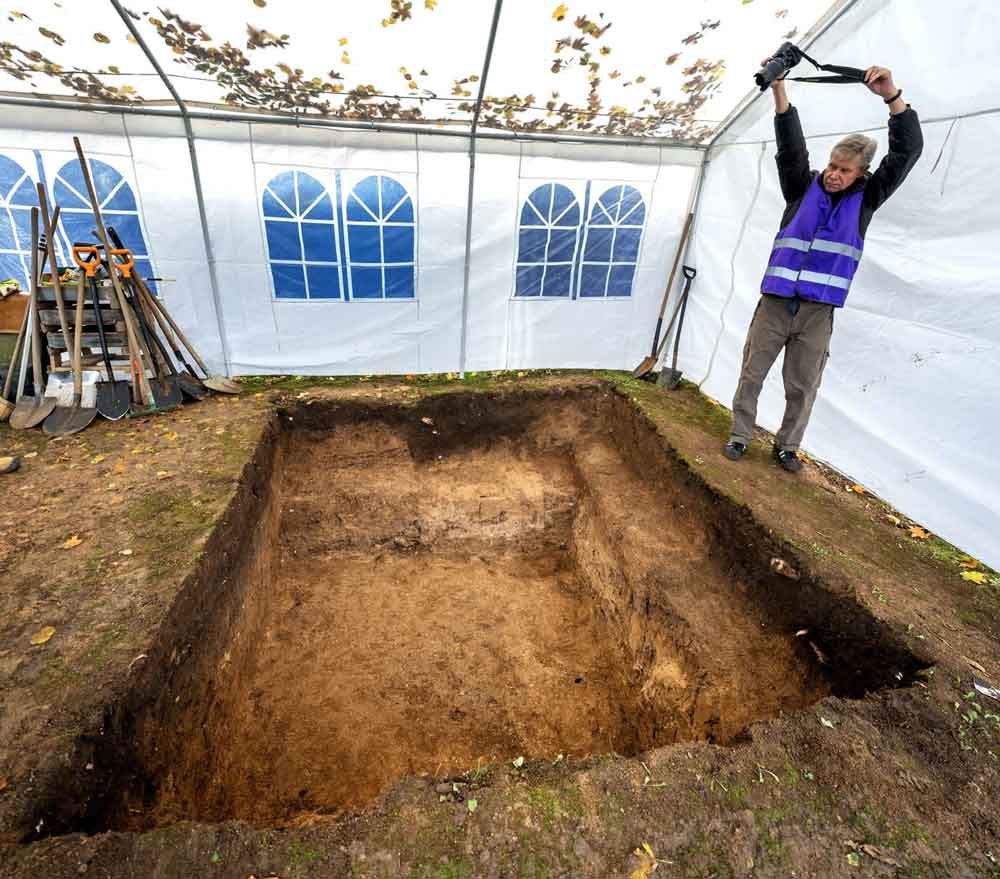
DNA testing will determine whether the recovered remains belong to Sok, Jebavý, and Sabela. The Commission for Resolving Issues Related to Mass Graves at Ďáblice Cemetery, led by Jana Kotalíková, Head of the Office of the Government, coordinates efforts to identify victims and return them to families. “In the case of Mr. Sabela, for example, we are in contact with his son, who was very young when his father was murdered, and who has hoped his whole life that this moment would come,” Kotalíková said.
The soldiers’ stories illustrate the brutal continuity between Nazi and Communist oppression in Czechoslovakia. After distinguishing themselves fighting against Nazism during World War II, Sok, Jebavý, and Sabela found themselves targeted by a new totalitarian regime. The Communist government that seized power in 1948 viewed their wartime heroism as irrelevant compared to their opposition to Communist rule.
The excavation represents a broader effort to document and recover victims from both totalitarian regimes that controlled Czechoslovakia during the 20th century. Researchers aim to map all shaft graves at Ďáblice Cemetery and exhume as many victims as possible, providing closure for families who have waited generations for answers. The project acknowledges both the heroes who resisted tyranny and the victims who suffered under it, regardless of which regime perpetrated the violence.
For families like Sabela’s, the excavation offers something beyond historical documentation. After nearly eight decades, they may finally conduct dignified burials for men who sacrificed their lives fighting oppression twice over—first against fascism, then against communism.
Feature image: Cemetery in Prague-Ďáblice | Photo: Michal Růžička, MFDNES + LN / Profimedia

